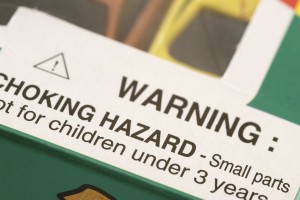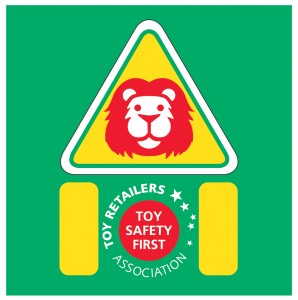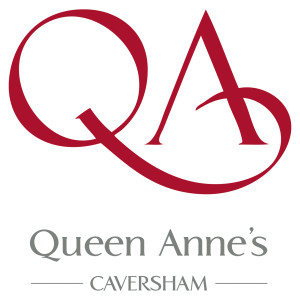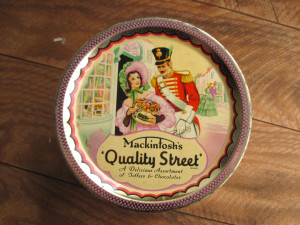Stepping Stones for Business is delighted to announce that we have been selected as the Health & Safety exhibitor at the upcoming Clear Books Community Exhibition (CBCE), which takes place on 6th February 2015.
The CBCE (organised by cloud accounting software provider, Clear Books) is a not-for-profit event designed to help British small businesses learn more about what it takes to be successful has been announced today
The Clear Books Community Exhibition (CBCE), is supported by Microsoft and aims to provide an inspiring and informative day of presentations, exhibits and networking opportunities to help small companies learn, overcome challenges and succeed with their ambitions.
Clear Books has designed CBCE based on the feedback from its community of more than 8,000 small business customers to ensure that content is highly relevant, topical and engaging for small business owners and managers across a wide range of sectors.
On the day, delegates will have the opportunity to:
• Hear presentations from leading industry speakers across a range of topics, including finance, legal, health and safety, marketing, PR and branding
• 1-2-1 advice from experience Clear Books accountants
• Attend the exhibition and network with other attendees
• Showcase their products and services by exhibiting
“We know from our own experiences that starting and growing a business is incredibly rewarding, but equally it’s not without its challenges,” says Lizzie Fouracre, Chief Operating Officer of Clear Books. “Our aim with CBCE is to provide the opportunity for many of our existing customers, as well as other small businesses, to get information and advice which they will find really useful, including tips, techniques and strategies from small business specialists. CBCE is very much part of our ongoing strategy to support our community of small business customers.”
“Clear Books has developed a strong reputation for helping small businesses to flourish and we are very keen to support this initiative,” said Chris Rothwell, SMB Customer Channel Manager, Microsoft. “The exhibition also offers a great one off opportunity for small business owners and managers to experience how their businesses can flourish with the Microsoft mobile first, cloud first world.”
CBCE is taking place on the 6th of February 2015 at Microsoft’s London office at Cardinal Place, 80-100 Victoria Street, SW1E 5JL.
 Stepping Stones for Business has been sponsoring swimmer, Harry James, for over five years. In October 2014, Harry went to Plymouth University to study photography, but also to follow his dream – to train with the Olympic swimming squad.
Stepping Stones for Business has been sponsoring swimmer, Harry James, for over five years. In October 2014, Harry went to Plymouth University to study photography, but also to follow his dream – to train with the Olympic swimming squad.







